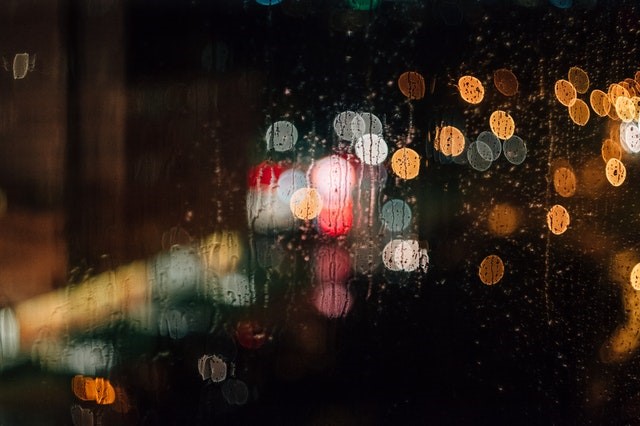
When people say ‘rainfall,’ the first thing that comes to mind is the garden. No surprise there—the same rain that falls on the roofs of our homes is the very same rain that stimulates plant growth.
The thing is, rain can be useful or suitable beyond the task of growing plants. Unfortunately, there are many that believe that it can take a lot of time and effort to make rain useful or suitable for other tasks at home that require water, therefore making it an additional burden over their daily tasks.
There’s a good reason why many couldn’t help but think that way. It looks almost impossible to remove the particles of vehicle and factory emissions that drops of rain pick up as they descend to the earth’s surface.
Fortunately, there is a system that’s able to purify rainwater and keep it safe for consumption and in dishwashing. Known as the rainwater harvesting system, it has a number of components that need to be arranged a certain way, with the central component being the rainwater tank. More details on the components of this system of making rainwater clean and safe are highlighted below.
Rainwater Harvesting System Components
* The Catchment Area
This first part of the system is what we all recognise as the roof of the house, but the roof can only be called a catchment area if it is used as part of a rainwater harvesting system.
Most roofing materials nowadays are suitable for use in a rainwater harvesting system. But the most suitable of all materials is an unpainted metal roof. Metal roofs do not have microscopic contaminants that each raindrop can pick up, provided that they aren’t painted—paint contains toxic components which rain can pick up and carry all the way to the tank.
* The Drainage Area
This part of the rainwater harvesting system links the catchment area and rainwater tank together. It is usually composed of a number of food grade pipes, all of which lead to the rainwater tank.
* Meshes, Filters, First Flush Diverter, and Purification Systems
Meshes are what prevent the entry of debris visible to the eyes like dead leaves and insects. They can be found in many different areas of the system, most especially the drainage area and the rainwater tank.
Filters are what prevent the entry of contaminants and pollutants that aren’t immediately visible to the eyes like particles of dirt and animal droppings. A number of filters can be found in the drainage area.
The first flush diverter removes the first flow of rain that gets into the system after several days without rain. This first flow of rain that gets removed is often full of contaminants and dirt that have accumulated on the catchment area during the period without rain.
Purification systems are chemical and non-chemical water treatment solutions that neutralize contaminants and prevent harmful microscopic organisms from multiplying.
* Rainwater Storage Tank
As already mentioned above, this is the central component of a rainwater harvesting system as it stores all rainwater that has passed both the catchment and drainage systems.
To truly benefit from having one in your system, it’s important that you choose one that best fits your living situation and the amount of rain you could possibly get each year. There also are a number of factors to consider in locating your water tank at home to keep in mind.
* Pump
It can be said that the pump is another central component of the system. This is because it provides even distribution of all collected rainwater across all parts of the home that are connected to the rainwater harvesting system.























